Chapter 1: Microfinance in Ecuador

Swing at the end of the world, Baños, Ecuador.
My main project during the first part of my internship was to develop a new Global Engagement Trip about microfinance in a different country of Latin America. At the beginning, we had to research potential customers and potential locations. As I was reading through research documents from the IADB, I discovered that my home country, Ecuador, had a very developed microfinance landscape. I have always been excited about the possibility of doing something that would help promote the human diversity of my country, and this was the perfect opportunity to do so. It was thrilling to present my findings to Elly and Alex, the directors of the organization, and decide to develop a new itinerary for a GET in Ecuador. Then, the fun part began; I had to reach out to microfinance leaders in Ecuador, develop a detailed itinerary, and get creative with all the promotional materials. It was exciting to picture how the whole trip would turn out to be. We had to make changes after each conversation with professors, microfinance institution’s leaders, and travel agencies.
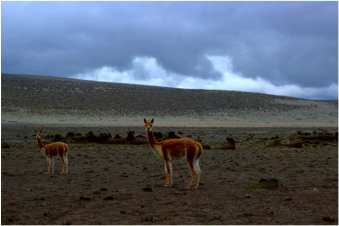
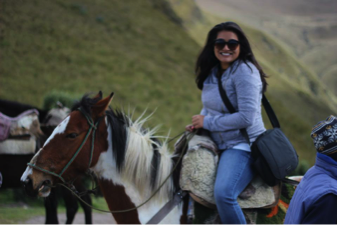
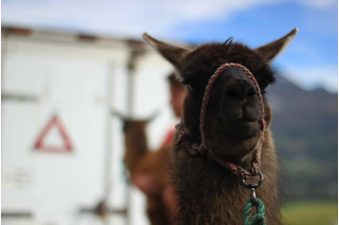
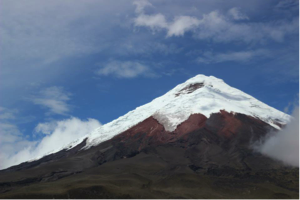
My photos of Ecuador
Along the way, I realized the inclusive impact that microfinance has had among indigenous populations. During the 90s, several indigenous leaders noticed that their communities did not have access to loans in traditional Banks. So, they decided to start their own microfinance institutions to open options of financing for indigenous communities. Their true impact is still being analyzed and debated, but I still find this initiative admirable. Hence, I decided to include their experiences in my itinerary. I added several visits to different indigenous communities, because I figured this would enhance the intercultural connections that Human Connections aims to promote. It would also show participants the true diversity of my country and would provide them with a better understanding of racial conflicts in the Andean region. In the end, we created a viable itinerary and started promoting it among professors at US universities. We have several people interested in participating. Since we accommodate our trips to the needs of each participant, we do not have a specific date for the first one. However, we believe it would take place some time next year. Next semester, Human Connections will be working together with student groups at Tufts, such as 180 Degrees Consulting and BUILD Latin America to market the GET Ecuador on campus and assemble a group of students that would travel and benefit from the experience. I plan to continue involved in this project as I have a personal-emotional connection to it, and would love to see it flourish.
Chapter 2: The dehydrator Hassle
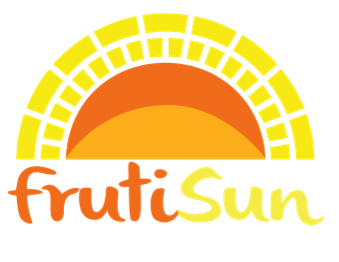
FrutiSun Logo
During my second part of the internship, I joined the business innovation team. Their goal was to build a cheap dehydrator to produce dehydrated fruits that local entrepreneurs could commercialize and replicate. Before I joined, the team already built and tested the dehydrator. It was my duty now to help create a viable business model and develop a solid brand. First, we came up with a brand name and a logo. After several discussions, we decided “FrutiSun” was the best name. It included both English and Spanish… both fruits and sun. Developing the business model was trickier. However, after several heated debates, we came to the conclusion that having centralized management for the brand might be the way to go. It would work more or less like a franchise model, where the entrepreneurs follow certain standards to produce, distribute, or retail our product. The whole operation of the business will be on the hands of local micro entrepreneurs. However, there will be guidelines that they need to follow. A central manager that supervises all operations and searches new ways to generate greater impact will determine these guidelines. This might encompass expansion to other cities or even foreign countries. Given our short time there, we were not able to see the project come to fruition, but Human Connections will continue developing the idea.
As part of the marketing materials, I created a step-by-step manual for the construction of the dehydrator. It was a fun experience that made me think about playing with LEGOs as a kid. LEGOs usually come with beautiful colored instructions that indicate how each piece has to connect to another. Based on this, I created a visually appealing booklet but instead of LEGOs, it showed wood pieces of different sizes.
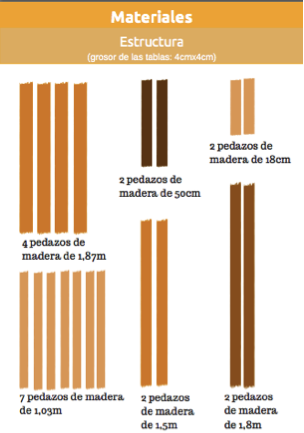
Pages of the Dehydrator Manual
Conclusion
Overall, working with Human Connections was truly inspiring. Not only because of the contributions we made, but also because of all the life lessons we gained, and the connections we created with foreign and local members in the community. My fellow interns and I learned a lot about our privilege, and how we can best use it to have a positive impact. During our time there, we had very engaging and intellectual conversations about ways of leveraging our position in the world to lead a happy life and leave a positive mark in our global community.

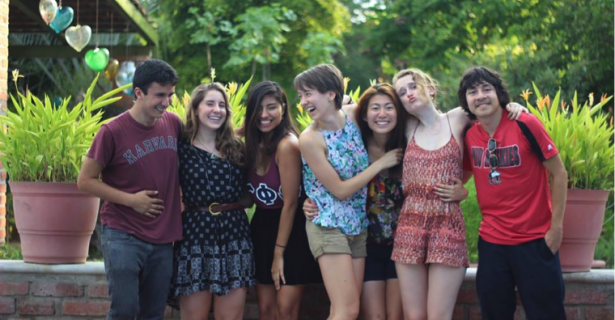
Add new comment